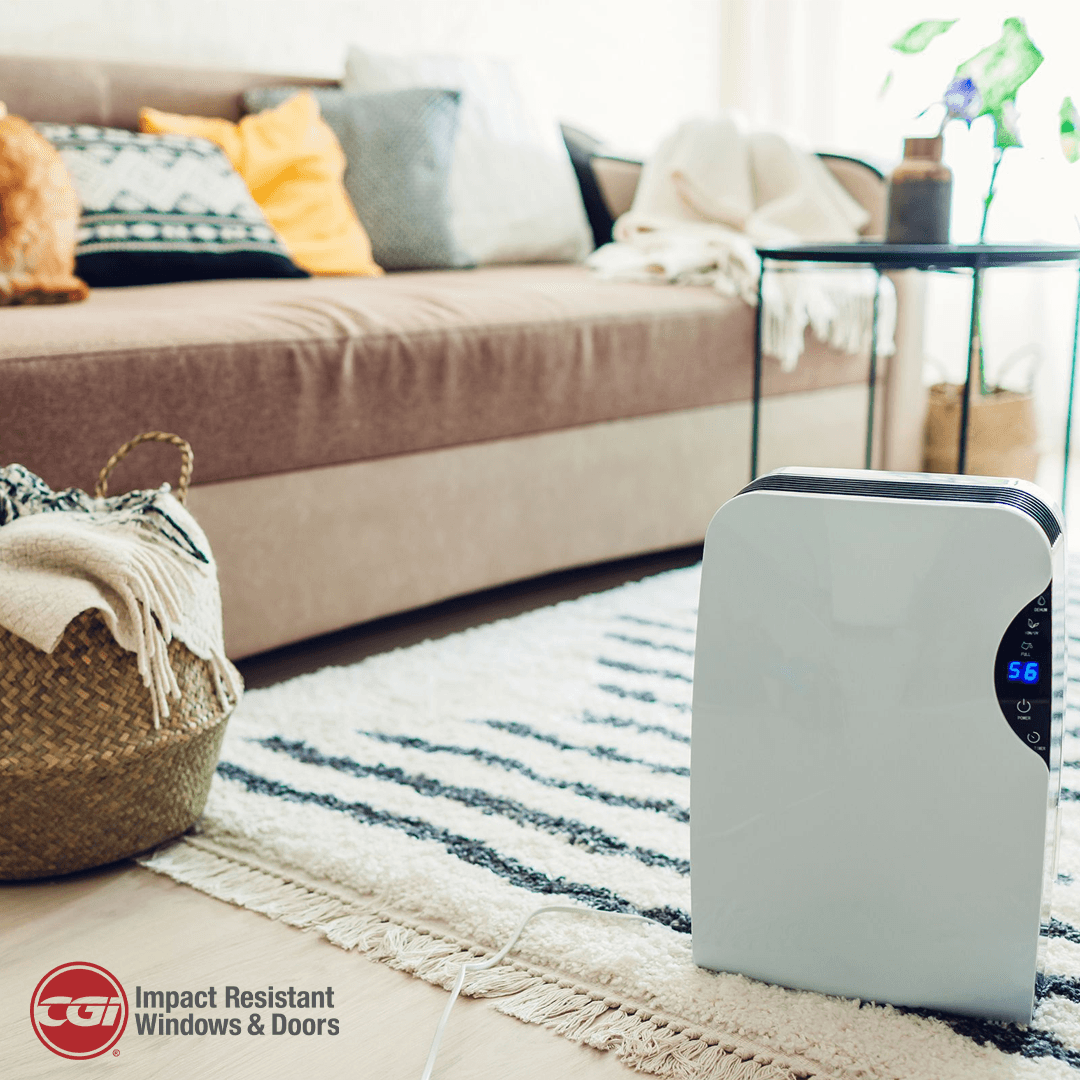Windows are an integral part of any structure—both functionally and aesthetically. In addition to providing natural light, ventilation, and views, they also improve your home’s appearance and curb appeal.
Because of the valuable role windows play, it’s important to keep them in excellent working condition. One threat to window performance, durability, and integrity? Condensation.
In fact, while the moisture you sometimes see on your windows may seem like a minor inconvenience, it can have serious implications for everything from comfort to aesthetics. If left unaddressed, window condensation may even compromise the structural integrity of your home—and the health of its inhabitants.
In this piece, we’ll take a closer look at what window condensation is, along with its causes and effects. We’ll also cover measures you can take to prevent window condensation and keep your home in optimal condition for years to come.
What is Window Condensation?
You’re probably familiar with the water droplets that form on a cold glass of iced tea outside on a hot summer day. While you might not think twice about it, this is a phenomenon known as condensation.
Caused when warm humid air comes into contact with cooler dry air, it also happens with windows—especially in environments where there are dramatic differences between indoor and outdoor temps.
For example, condensation often occurs in the summer when the temperatures soar and air conditioning kicks in. In this case, exterior window condensation is the likely outcome. This is because the cool exterior surface of the glass is coming into contact with warm and humid summer air. Also known as dew, this type of condensation is especially common early in the morning before it evaporates from the sun.
Conversely, interior condensation is common in the winter when temperatures outside plummet. While winter air is cold and dry, the air inside our homes tends to be warm and humid. The result? The accumulation of water on the inside of windows. As with outdoor condensation, indoor condensation may evaporate as glass surfaces warm up during the daytime.
What Causes Window Condensation?
Several factors contribute to the formation of condensation, including the following:
- Differences in temperature: When warm, moist air meets a cold surface, it causes condensation. During hotter and colder months, temperature disparities between a structure’s interior and exterior are more pronounced. This leads to condensation.
- Humidity levels: High humidity levels can exacerbate window condensation. In particular, indoor activities like cooking, showering, and using humidifiers contribute moisture to the air. This increases an environment’s conduciveness to indoor condensation.
- Poor ventilation: Adequate ventilation ensures that moist air can escape. On the other hand, inadequate ventilation traps moist air. This results in moisture buildup on interior windows.
- Window quality and insulation: While older and poorly insulated windows are prone to condensation, newer windows and window styles with tighter seals, such as high-performance impact windows, have lower temperature differentials which help to mitigate condensation.

Possible Effects of Window Condensation
Window condensation may seem harmless, but it can lead to adverse effects, such as:
- Mold and mildew: When moisture accumulates on windows, it creates an ideal breeding ground for mold and mildew. Not only do these issues detract from the appearance of windows, but they can also damage your home, compromise indoor air quality, and put you and your family members at risk for health complications.
- Damage to window frames and surroundings: If you have wooden window frames, prolonged exposure to moisture can cause them to rot and deteriorate. (This is one of the reasons many homeowners have made the switch to vinyl and aluminum windows.) Additionally, water pooling on window sills or adjacent walls can damage paint, wallpaper, and nearby structural components.
- Aesthetics and visibility: Sparkling clear windows provide beautiful views. Fogged up windows? Not so much. In addition to diminishing your views, condensation also detracts from your home’s aesthetic appeal.

Tips for Preventing Window Condensation
Read on for a roundup of tips for preventing window condensation on interior and exterior windows:
Preventing Condensation on Windows:
- Control humidity levels: Use a dehumidifier to maintain optimal indoor humidity levels of between 30 and 50 percent. Further minimize moisture buildup by running exhaust fans while cooking and bathing.
- Improve ventilation: Use ceiling fans and open windows periodically to ensure adequate air circulation. Opening drapes and blinds or cracking open a window or door daily can facilitate additional air circulation. Run exhaust fans longer in the kitchen, bathroom and laundry room.
- Upgrade windows: Replace older or low-quality windows with high-performance impact windows, which offer better insulation (and a multitude of other benefits) thereby reducing the likelihood of condensation. Style of windows is also a factor. Window types like picture windows, casement windows, and awning windows are known for creating firm and weather-tight seals.
While window condensation may be a common issue, its potential impacts range from annoying to alarming. Understanding its causes and implementing preventive measures can help you mitigate the effects of window condensation toward maintaining a more comfortable, healthy, and sustainable living environment.
